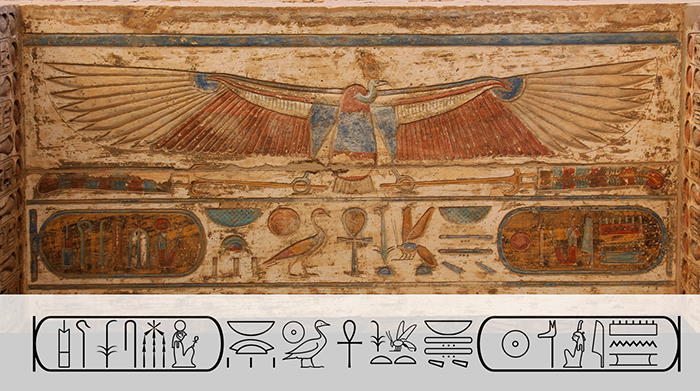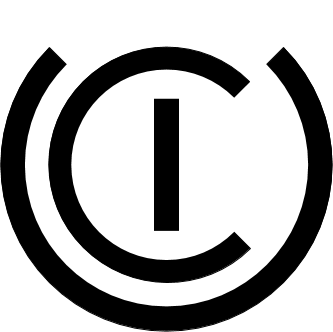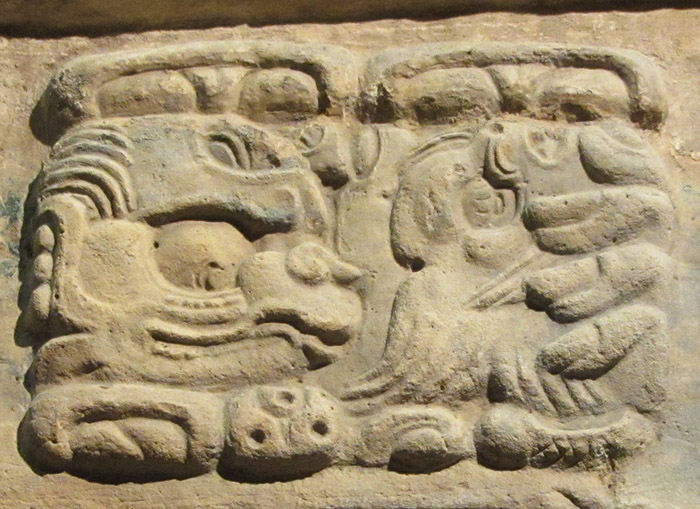
Version 12.0 of the Unicode Standard is now available, including the core
specification, annexes, and data files. This version adds 554 characters, for a
total of 137,929 characters. These additions include four new scripts, for a
total of 150 scripts, as well as 61 new emoji characters.
The new scripts
and characters in Version 12.0 add support for lesser-used languages and unique
written requirements worldwide, including:
- Elymaic, historically used to write Achaemenid Aramaic in the
southwestern portion of modern-day Iran
- Nandinagari, historically used to write Sanskrit and Kannada in southern
India
- Nyiakeng Puachue Hmong, used to write modern White Hmong and Green Hmong
languages in Laos, Thailand, Vietnam, France, Australia, Canada, and the United
States
- Wancho, used to write the modern Wancho language in India, Myanmar, and
Bhutan
Additional support for lesser-used languages and scholarly work was extended
worldwide, including:
- Miao script additions to write several Miao and Yi dialects in China
- Hiragana and Katakana small letters, used to write archaic Japanese
- Tamil historic fractions and symbols, used in South India
- Lao letters used to write Pali
- Latin letters used in Egyptological and Ugaritic transliteration
- Hieroglyph format controls, enabling full formatting of quadrats for
Egyptian Hieroglyphs
The Egyptian temple ceiling painting shown above (from the
Wikipedia article on
Medinet Habu) includes a line of hieroglyphic text. That exact text is rendered again below the painting, represented in Unicode plain text, illustrating the use of the new hieroglyphic format controls, as well as cartouche brackets and directional controls. The example was developed by Andrew Glass, based on Microsoft’s Segoe UI Historic font, with outlines designed by James P. Allen.
Popular symbol additions include:
- 61 emoji characters, including several new emoji for accessibility
- Marca registrada sign
- Heterodox and fairy chess symbols
For the full list of new emoji characters, see
emoji
additions for Unicode 12.0, and
Emoji
Counts. For a detailed description of support for emoji characters by the
Unicode Standard, see
UTS
#51, Unicode Emoji. Version 12.0 also includes additional guidelines on
gender and skin tone included in
UTS #51 and data files.
Also in Version 12.0, the following Unicode Standard Annexes have notable
modifications, often in coordination with changes to character properties. In
particular, there are changes to:
Three other important Unicode specifications have been updated for Version 12.0:
The Unicode Standard is the foundation for all modern software and
communications around the world, including operating systems,
browsers, laptops, and smart phones—plus the Internet and Web (URLs, HTML, XML,
CSS, JSON, etc.). The Unicode Standard, its associated standards, and data form
the foundation for CLDR and ICU releases.
Over 130,000 characters are available for
adoption
to help the Unicode Consortium’s work on digitally disadvantaged languages
![[badge]](http://www.unicode.org/announcements/ynh-kangaroo.png)
 Unicode® ICU 64 has just been released. It updates to
Unicode 12 and to
CLDR 35 locale data with many additions and corrections, and some new languages. ICU adds a data filtering/subsetting mechanism, improved formatting API, and a C++ LocaleBuilder.
Unicode® ICU 64 has just been released. It updates to
Unicode 12 and to
CLDR 35 locale data with many additions and corrections, and some new languages. ICU adds a data filtering/subsetting mechanism, improved formatting API, and a C++ LocaleBuilder.
![[badge]](http://www.unicode.org/announcements/ynh-infinity.png)
 The
The ![[badge]](http://www.unicode.org/announcements/ynh-kangaroo.png)
 Version 12.0 of the Unicode Standard is now available, including the core
specification, annexes, and data files. This version adds 554 characters, for a
total of 137,929 characters. These additions include four new scripts, for a
total of 150 scripts, as well as 61 new emoji characters.
Version 12.0 of the Unicode Standard is now available, including the core
specification, annexes, and data files. This version adds 554 characters, for a
total of 137,929 characters. These additions include four new scripts, for a
total of 150 scripts, as well as 61 new emoji characters.

